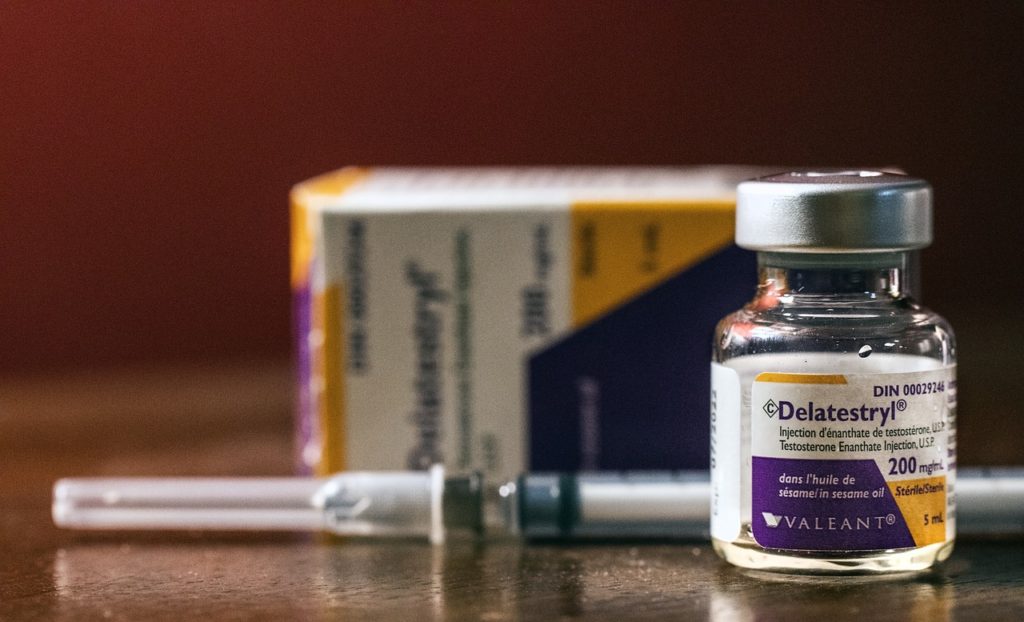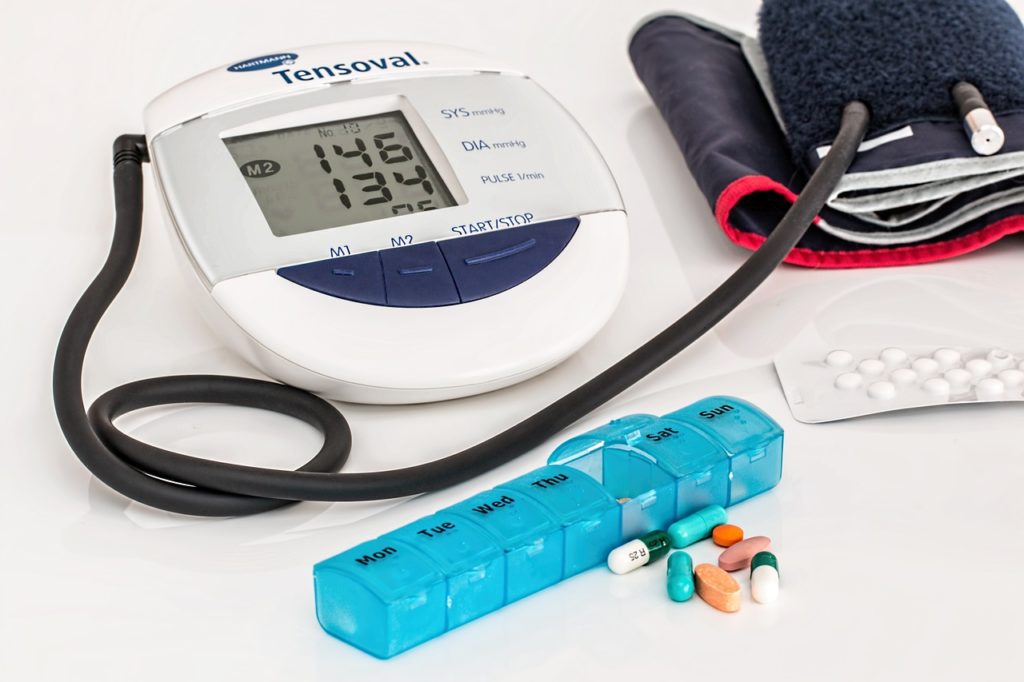Human attractiveness is a complex trait influenced by an array of biological, psychological, and sociocultural factors. One biological element often highlighted is the hormone testosterone. Generally associated with masculine characteristics and behaviors, testosterone has been touted as a crucial component in physical attractiveness.
But, is that the case- does higher testosterone mean better-looking or not? Testosterone’s exact role in shaping our appearance, and whether higher levels equate to better looks, is a nuanced conversation. Let’s explore this intriguing connection.
Understanding Testosterone
Testosterone, primarily recognized as the male sex hormone, plays a pivotal role in shaping various biological processes. Produced primarily in the testes in men, and to a lesser degree in women’s ovaries, testosterone has crucial functions in muscle mass and strength, bone density, fat distribution, sex drive, and fertility.
Exploring the Concept of ‘Normal’ Testosterone Levels
‘Normal’ testosterone levels vary widely among individuals, depending on factors such as age, sex, overall health, and individual physiology. The typical range for adult men is about 270 to 1,070 nanograms per deciliter (ng/dL), while women usually have significantly lower levels. It’s important to understand that what’s considered ‘normal’ can change over time, especially as we age. Testosterone levels in men generally decline after the age of 30, which can lead to alterations in physical appearance and overall health.

Testosterone and Physical Appearance
Impact of Testosterone on Physical Features Generally Associated with Attractiveness
Testosterone can significantly shape physical features. Men with higher testosterone levels typically exhibit traits associated with conventional attractiveness, such as broad shoulders, a lean body, strong jawlines, and deep voices. Higher testosterone levels can also lead to more facial and body hair. These traits are often linked to attractiveness as they symbolize health and virility.
It’s important to note, however, that the impact of testosterone on physical appearance isn’t uniformly positive. For instance, excessive testosterone can result in hair loss and acne, which are typically not associated with attractiveness. Furthermore, testosterone’s effect on fat distribution can result in a prominent abdominal area in men, a trait not universally considered attractive.
The Complex Relationship between Testosterone and Aesthetics
Scientific Studies Investigating the Correlation between Testosterone and Attractiveness
Several scientific studies have examined the relationship between testosterone and attractiveness, but the results are mixed. Some research indicates that individuals with higher testosterone levels are rated as more attractive, while other studies suggest no significant relationship. It’s critical to remember that these studies’ methodologies and sample sizes vary greatly, influencing their conclusions.
Different Perspectives on What Constitutes “Better-Looking”
Attractiveness is highly subjective, influenced by personal, cultural, and societal norms. What is considered “better-looking” varies significantly across different cultures and individuals. Therefore, attributes associated with higher testosterone levels, such as facial hair, might be viewed as attractive in certain cultures but not others. The perception of beauty is far more complex than hormone levels alone.
Cultural and Individual Variations in Standards of Attractiveness
Cultural and individual variations in standards of attractiveness further complicate the testosterone-attractiveness relationship. For example, while a lean body and prominent muscles (traits associated with high testosterone levels) might be attractive in some cultures, other societies may value different body types. In such contexts, having higher testosterone levels might not necessarily lead to being perceived as “better-looking.”

Balancing Testosterone Levels: Health versus Appearance
Potential Health Implications of High Testosterone Levels
While high testosterone levels can impact physical traits often associated with attractiveness, they can also have potential health implications. High testosterone levels have been linked with aggression, risky behavior, cardiovascular issues, and certain types of cancer. Therefore, it is crucial to consider overall health, not just appearance.
Testosterone’s Role in Overall Health and Well-Being
In addition to influencing physical appearance, testosterone plays a vital role in overall health and well-being. It impacts mood, energy levels, cognitive function, and sexual health. Balancing testosterone levels for the sake of appearance could potentially lead to other health issues. Hence, a holistic approach to health and beauty is always advised.

Conclusion
The relationship between testosterone levels and physical attractiveness is a complex and multifaceted one. While higher testosterone levels can influence traits often associated with attractiveness, it is not a straightforward equation of “higher testosterone equals better looks.” Attractiveness is a subjective concept influenced by myriad factors, including personal, cultural, and societal norms. It is crucial to remember that our health should not be compromised in the pursuit of what is often a transient and changing notion of physical attractiveness.


















